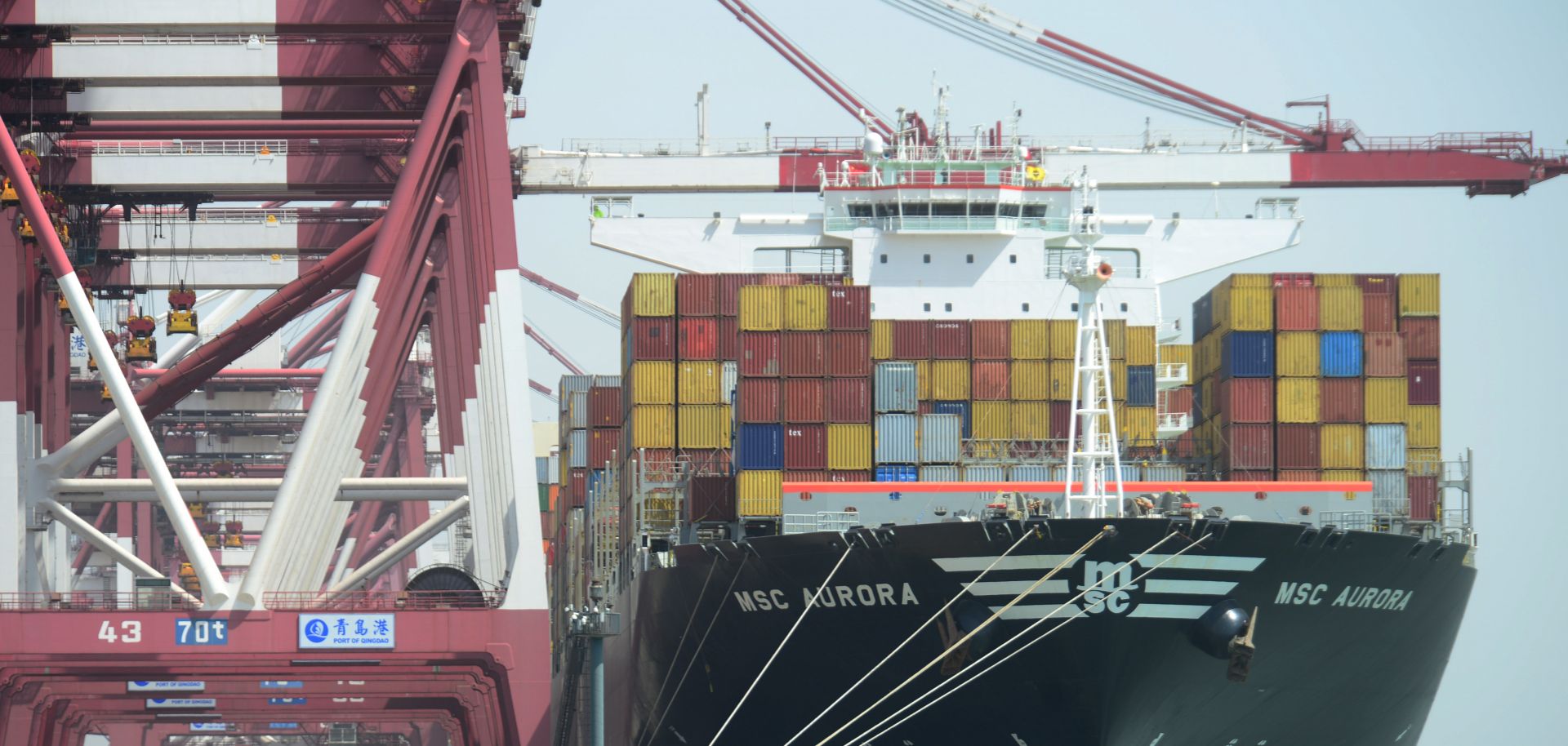ASSESSMENTS
Trump Tosses Out The Trade Rulebook With Latest Tariffs
Apr 6, 2018 | 22:41 GMT

A cargo ship carrying containers stops at Qingdao Port on April 6 in Qingdao, China. The United States has shown little fear of the consequences of escalating trade tensions with China far beyond what would be considered a typical dispute, and China has so far stood up to those escalations.
(VCG/VCG/Getty Images)
Highlights
- The United States has proposed additional tariffs on China after Beijing responded to Washington's first moves, risking a full-out trade war.
- China will be forced to respond in kind to some extent, but its strategy is likely to evolve toward a more nuanced approach.
- Any tariffs won't be implemented for weeks, and both sides will try to increase their leverage in negotiations. Still, the United States' main demands shake the Chinese state structure to its foundation, making compromise a challenge.
- The dispute between the world's two largest economies will have major secondary impacts, forcing many countries to either back the United States and risk a full-blown trade war, or back China and possibly destroy the global trading order they rely on.
Subscribe Now
SubscribeAlready have an account?
